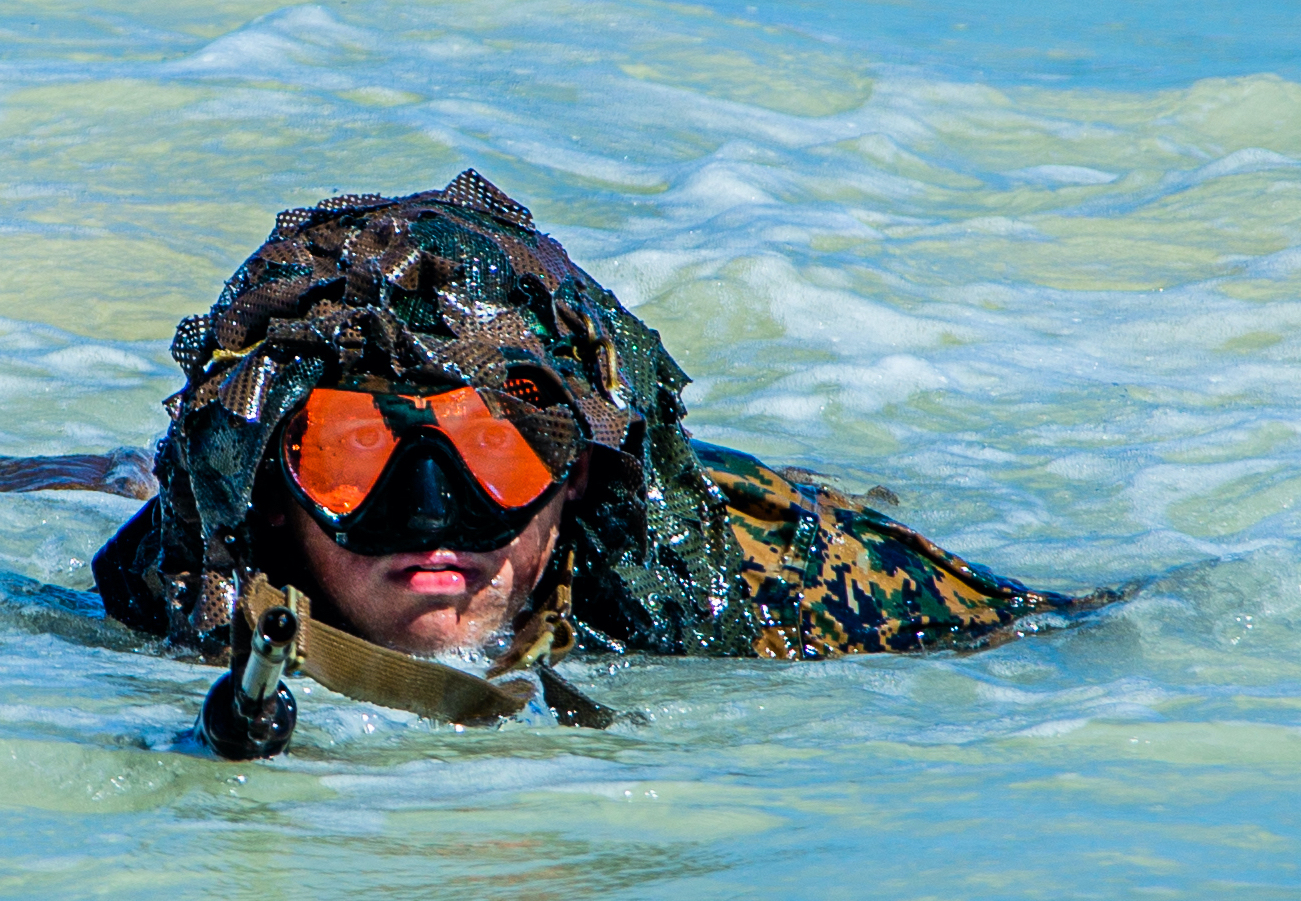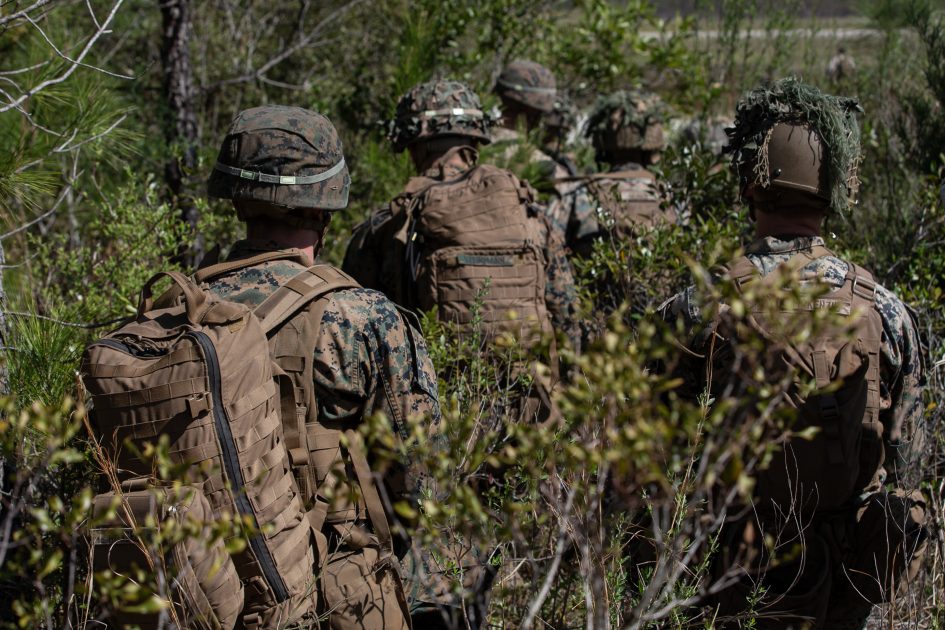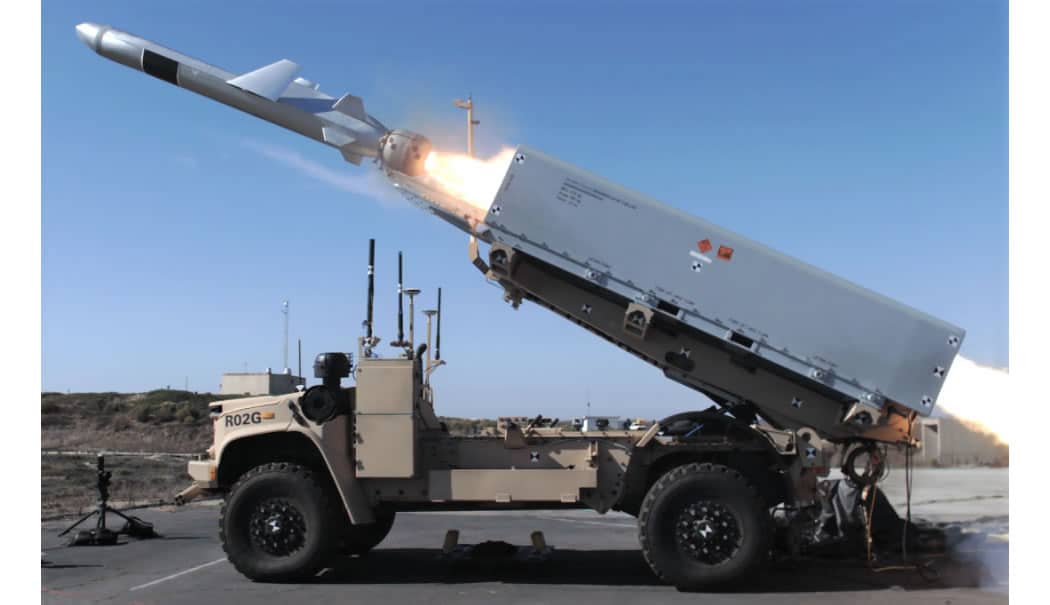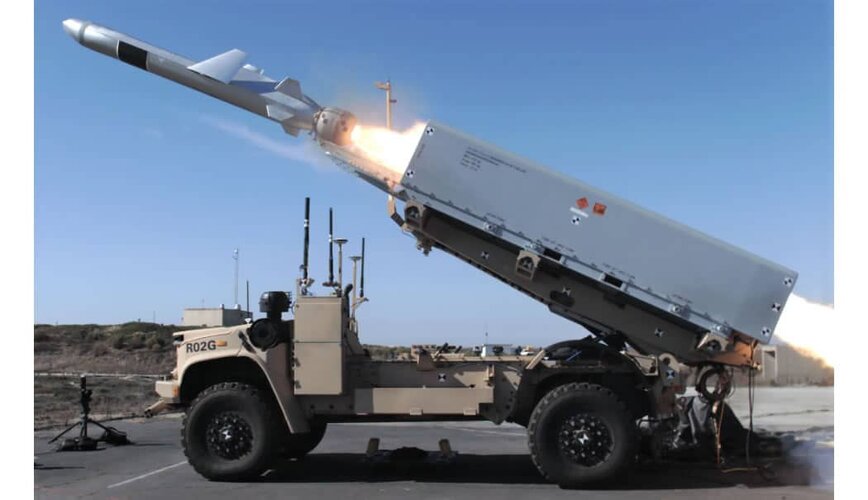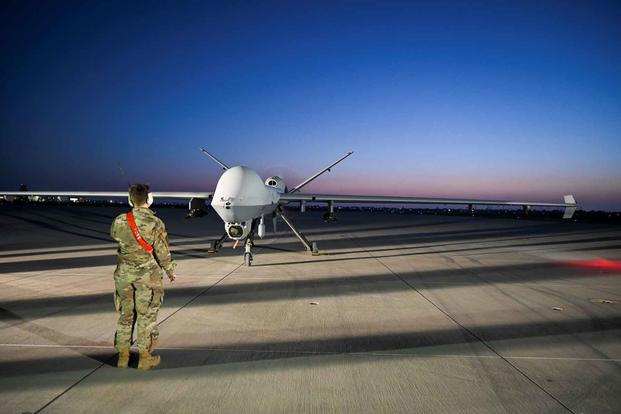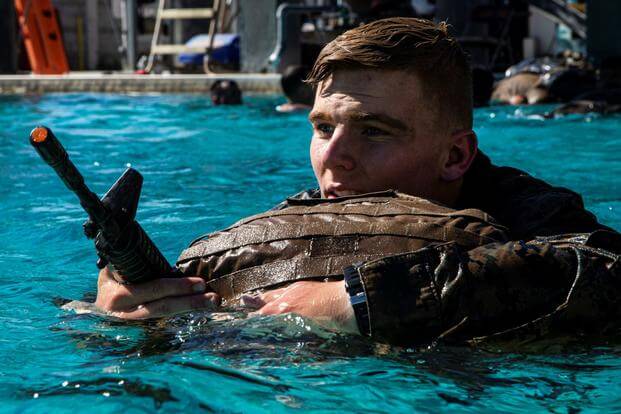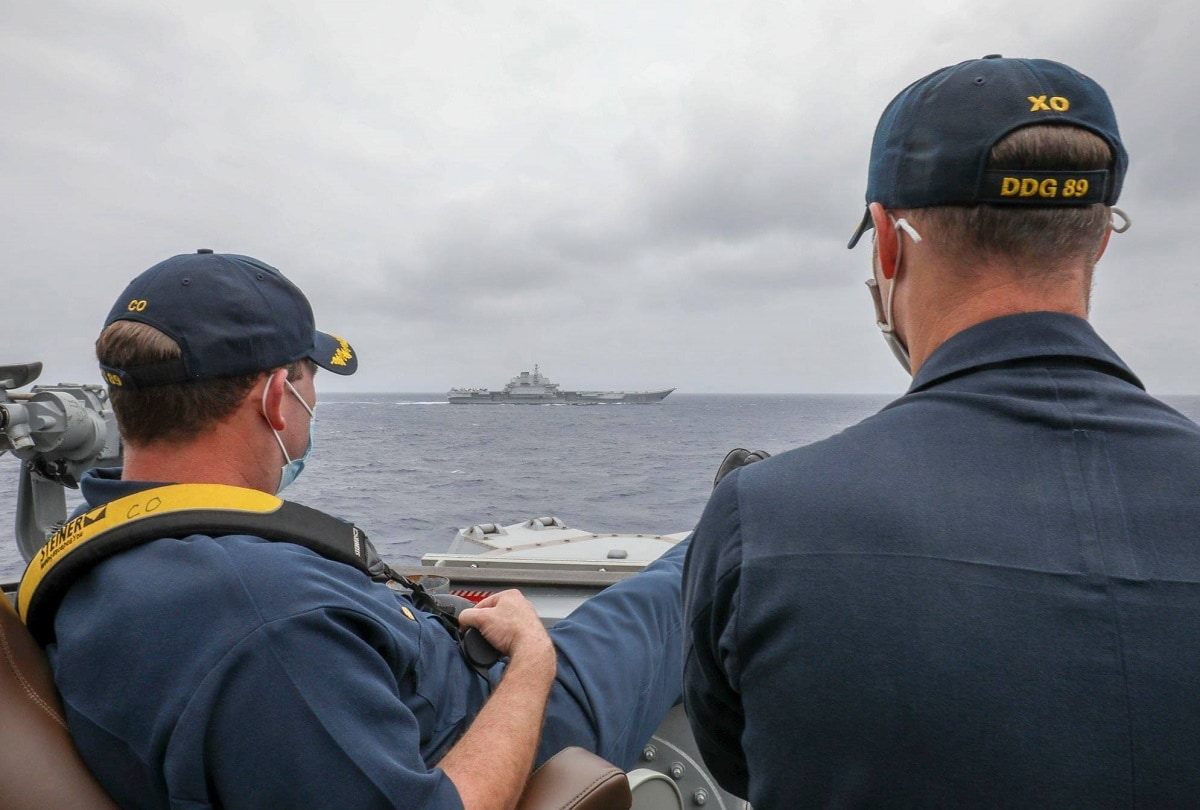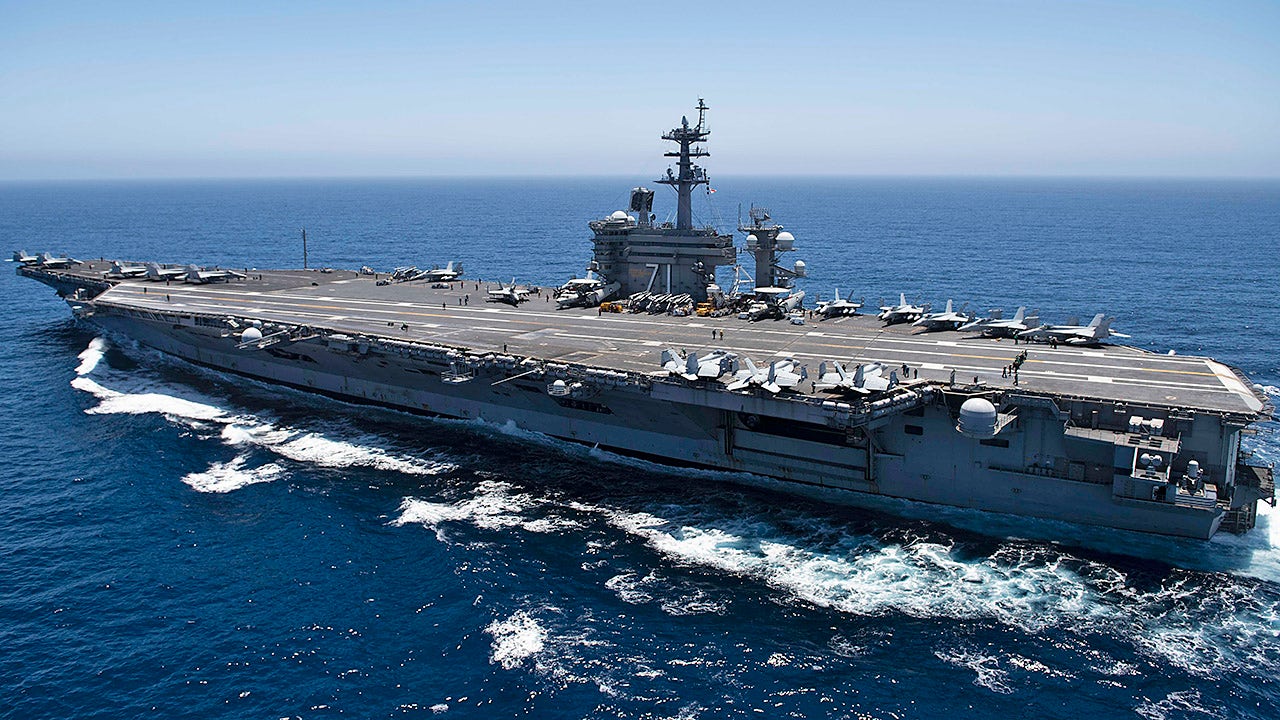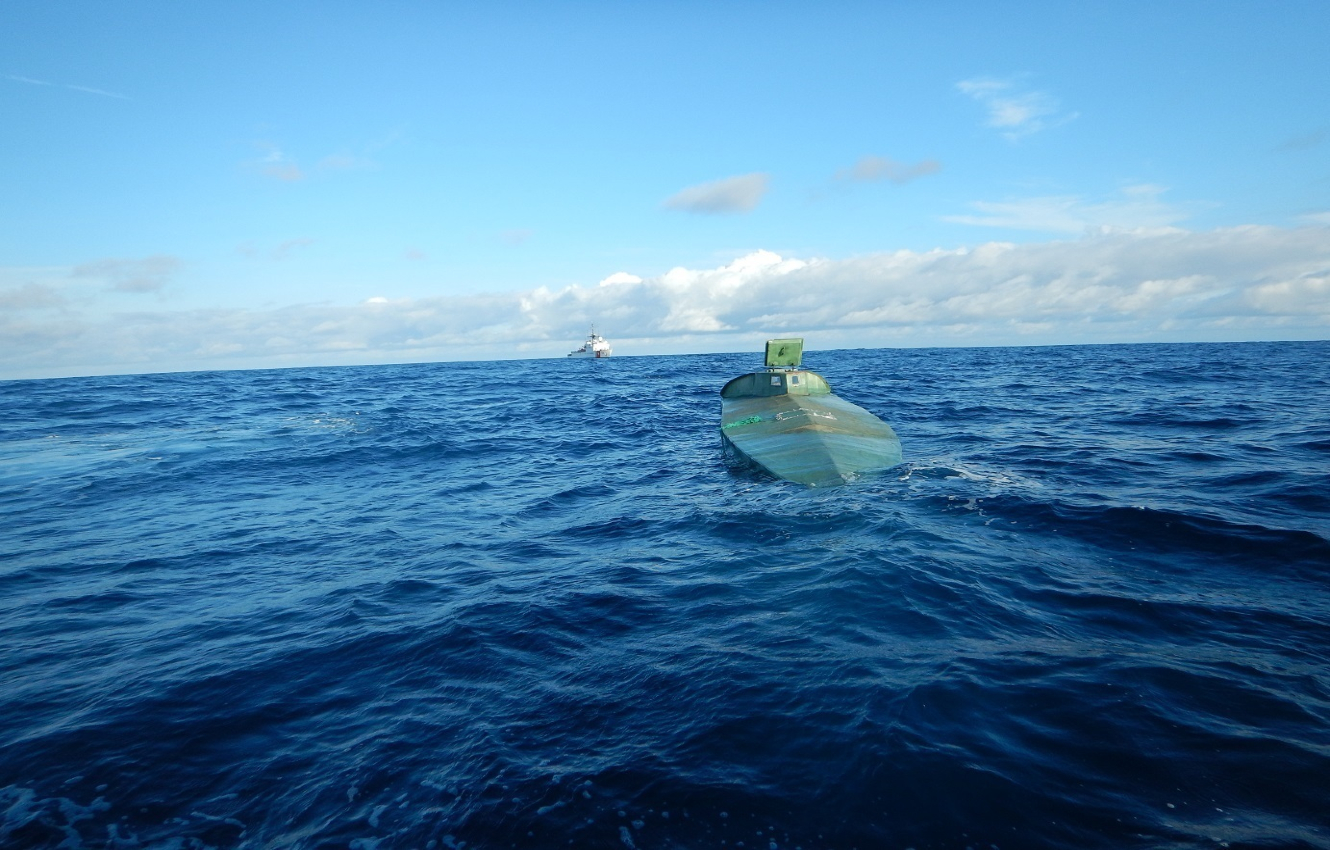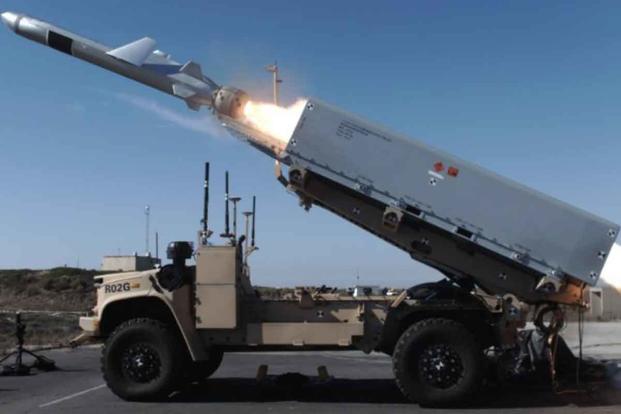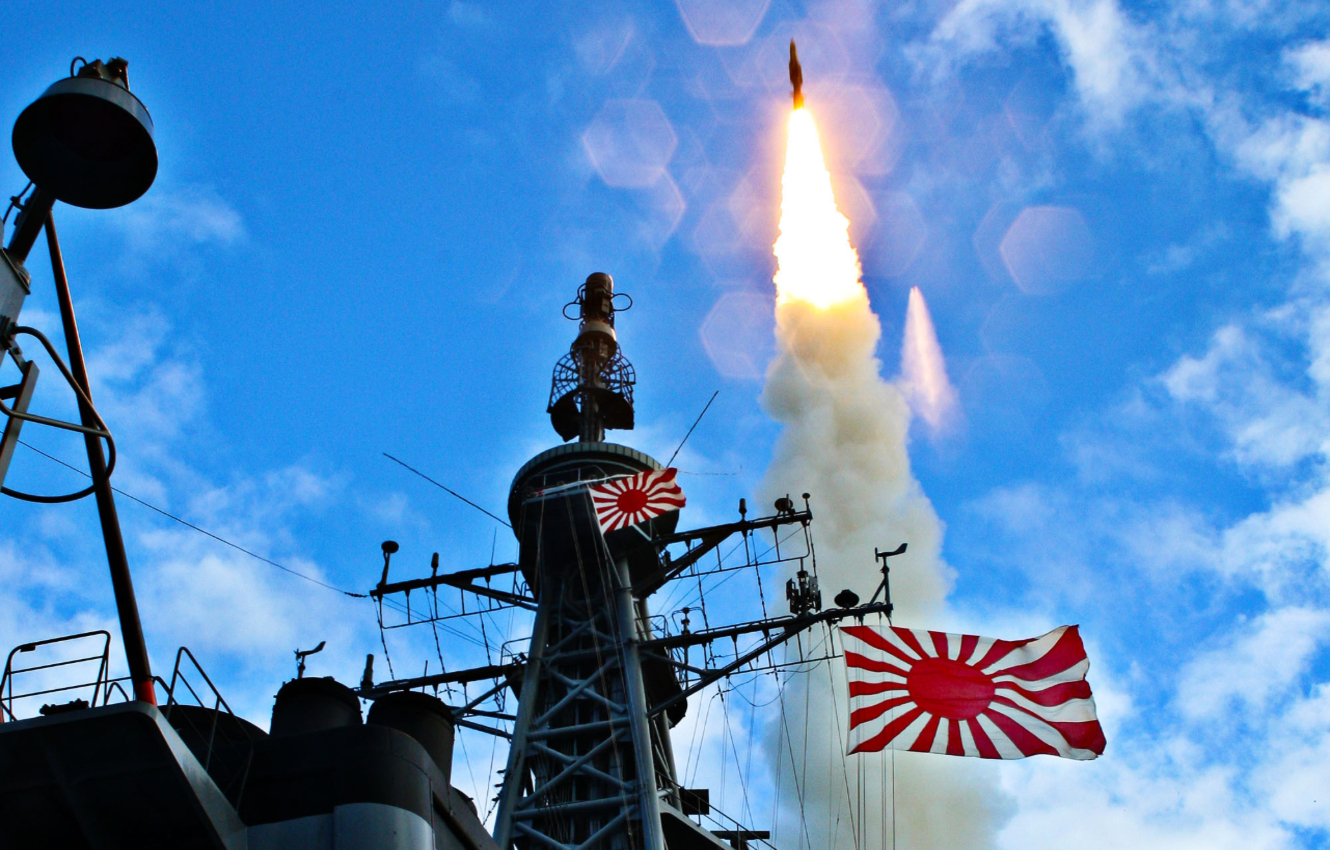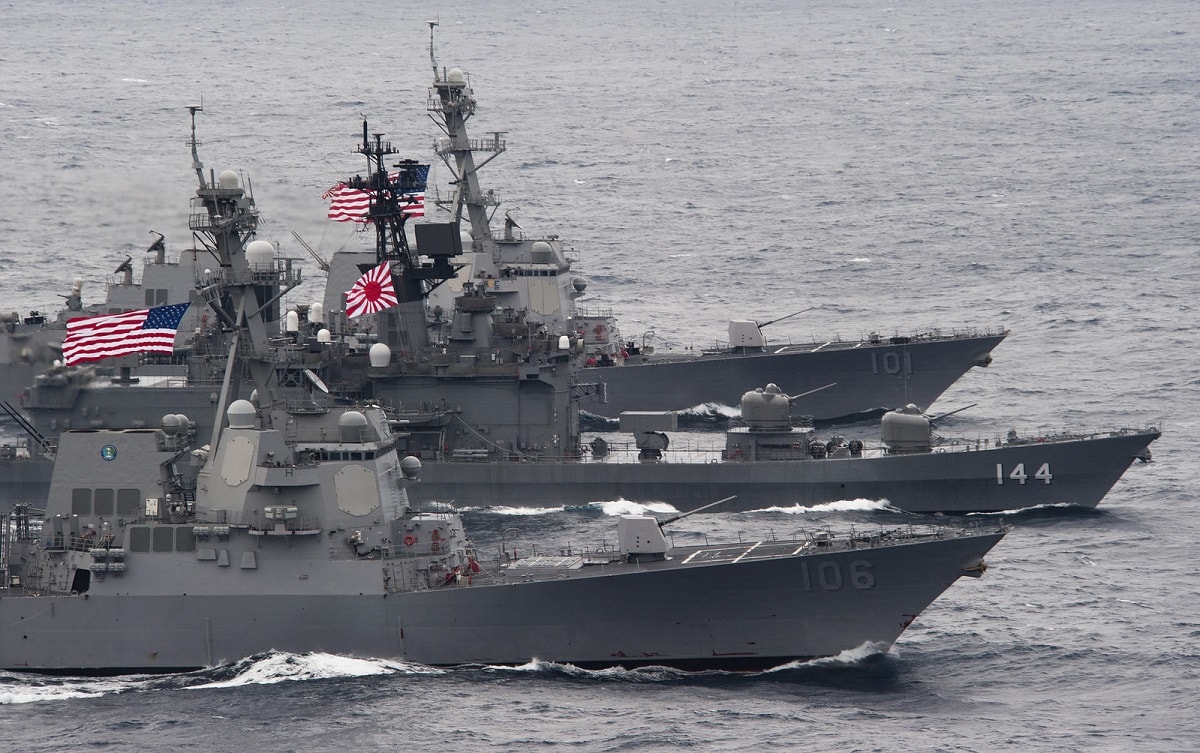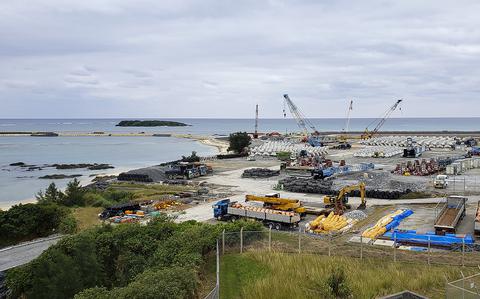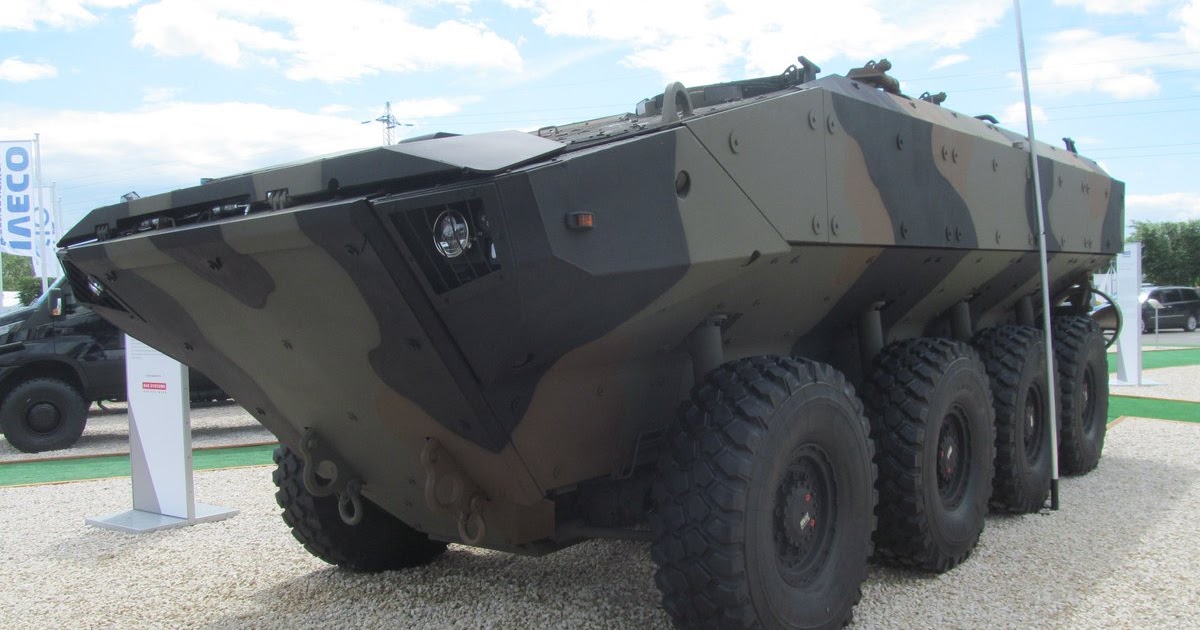Smith: Marine Corps Looking for Air Defense ‘Sweet Spot’ Front Page

seapowermagazine.org
The four major GBAD programs being developed or deployed by the Corps are:
MRIC – Medium-Range Interceptor Capability
MADIS – Marine Air Defense Integrated System
L-MADIS – Light Marine Air Defense Integrated System
Advanced MANPADS/Stinger
A guess for future AD architecture:
1. A new missile should be designed to reach the limit of (networked) EOIR targeting range with launcher and missile stored inside non-dedicated vehicles. Perhaps one can use a backpack hellfire mount type system, but ideally minimum setup time (open cover to truck, fire missile) and let missiles to the turning and datalinks to do the locking. This combo makes suppression via high attitude persistent stare difficult. Ground Radar can only be used in short bursts against serious SEAD, midcourse is IR's game so its range band is what matters.
These constrains may result in a very fat missile (booster pod field assembly needed?) that is too draggy for less length constrained purposes and will take dedicated development. Nonetheless, there is great need to increase the threat vectors to mid/high attitude aircraft outside of a few large TELs with radar dependency.
2. Networked small/micro-air vehicles that has sensors and software suitable for detecting opponent surface hugging micro-air and other vehicles, together with a concept of operation that maintains a persistent cloud at low cost (budget, manpower and resource wise). Early warning is necessary for reliable defenses, and MAV swarm more difficult to neutralize than singular large platforms. Interceptors can be allocated depending on realized threat, which can range from cheap AA vehicles, dual purpose AA/AS NLOS munitions (FOGM returns), light anti-air "kamikaze drones" normally held in reserve, energy weapons all the way to high end SAMs. Most of the interceptors of this category already exists though, only need to buy some.
3. A high performance missile for below horizon engagement that has to work with minimal external support, against well supported SEAD package (jammer, blinding, DEW, decoys, high target performance....). This is to deal with higher performance aircraft (fast attack helicopter, DEW armed fighter, ?) quickly defeating your early warning MAV screen, opening you up for low attitude saturation attack without response time.
